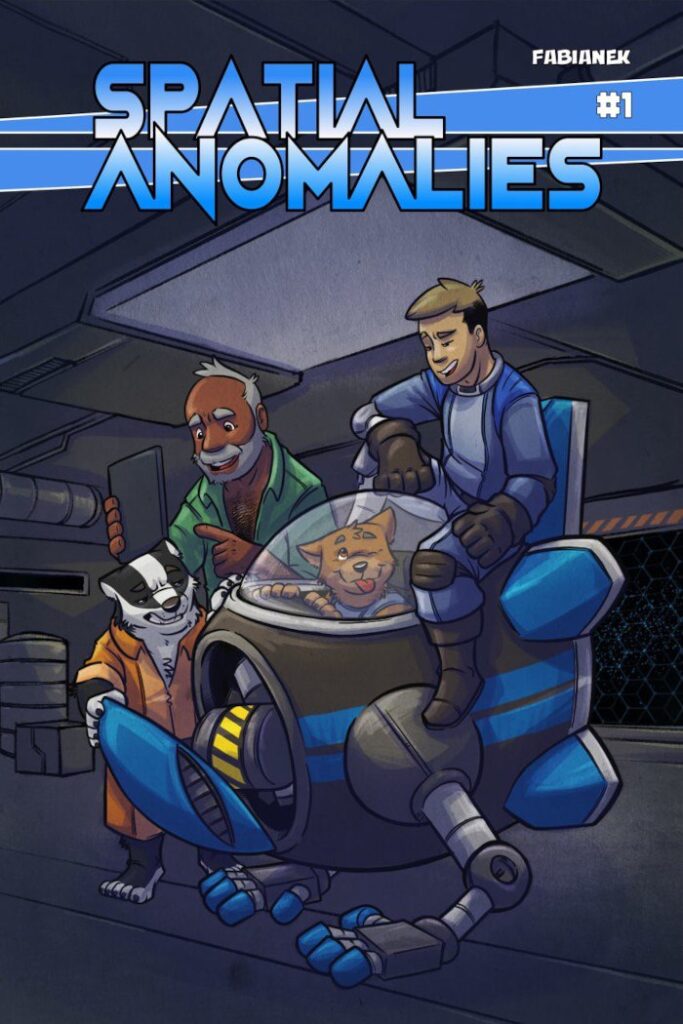****/5.
I started reading this as a diehard fan of the James Bond books and films, and after having read Gross and Altman’s The Fifty-Year Mission: The Complete, Uncensored, Unauthorized Oral History of Star Trek. This follows the same format as Mission, almost entirely using interviews and soundbites from cast and crew of Bond films, plus pop-culture historians and aficionados and film and literary figures in the Bond orbit. As it released in 2020, the book covers through 2013’s Spectre.
This was an enjoyable read, mostly for the background information. The travails of Fleming trying to get a movie produced were an interesting read, as well as the segments on the 1967 Casino Royale and 1983’s Never Say Never Again. However, once the book starts covering the mainline films, my interest started to drop off. Long passages seemed to be recitations of plot and production facts, and too much of the modern Bond films’ segments were insubstantial self-congratulatory responses from the production team.
If you’re new to the lore surrounding the Bond films’ production, this is a great introduction, hence the four stars. I would have liked more substance or direction.




